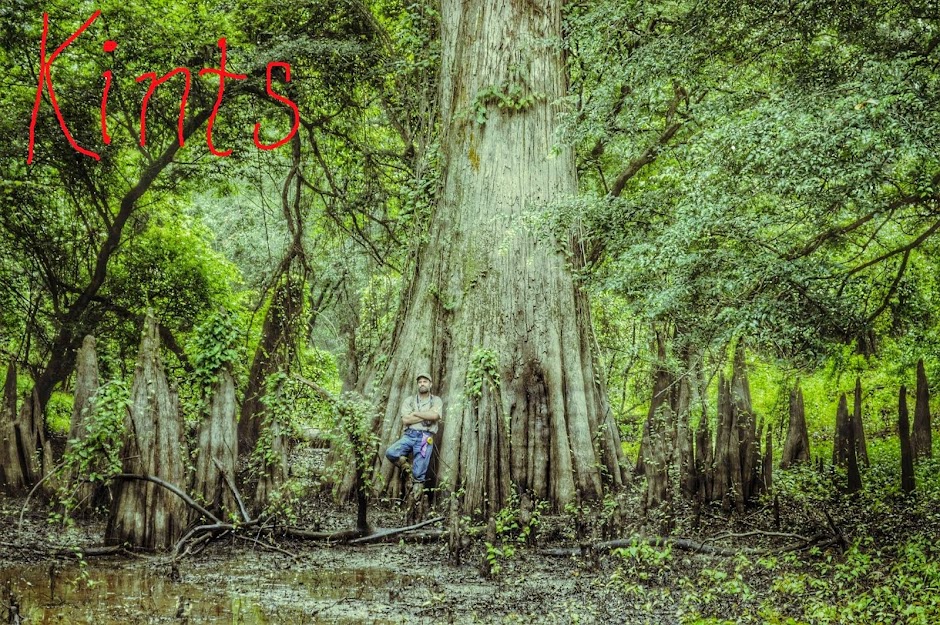My brother Brian and I took our kayaks to the Pascagoula River once more on September 10, my birthday. The clear, sunny day warmed quickly from the upper 60's (Fahrenheit) at dawn to the 90's by 10 a.m. We put in at Josephine Sandbar, an easily accessible, massive sheaf of whitish sand on the River's east side. From there we kayaked downstream about 3/4 of a mile to Sandy Wash Bend, where we beached our boats on yet another huge sandbar, and hiked to Green Dead River, an interesting-looking area off the River's west bank we had not visited before.
I had thought we might be able to kayak through the swampy area just off the River, and access the lake that way; but the image on Google Earth was taken during a time of relatively high water. Now, during this time of near-drought conditions in south Mississippi, it is a nearly impassable expanse of thick brownish-grey mud. We persevered through a grove of eastern cottonwoods and thick underbrush to the lake's northeastern edge, but found the forest there to be very young. Cutting north, we walked through tall grass on a pine bluff before descending back to the sandbar and our kayaks, for the return paddle upstream.
All photos are by Brian Carlisle, unless otherwise noted.
Looking downstream from Josephine Sandbar. (My photo.)
The old man. (My photo.)
Beautiful wreck and ruin on the riverbank opposite Josephine Sandbar. (My photo.)
Our best view of Green Dead River.
Thick, waist-high grass on the pine ridge.
The welcome line of white. (My photo.)
It was very humid. (My photo.)
We found several nice pieces of driftwood on Sandy Wash Bend. Some, like this one, were impossible to move, buried under tons of sand. (My photo.)
Green Dead River was disappointing, but the day was joyous. We were very tired at the end of the return trip upstream. The River, however forgiving, will have her due.




























































